Do you know what is Vienna famous for? If you answered central European capital, imperial palaces and coffee houses then you are very right!, but there are more interesting facts about Vienna
Vienna – the capital city of Austria, is one of the most beautiful European cities and its sixth-largest city in the European Union by the population living within city limits.
Vienna has long been a centre of European politics, art, and culture. The city is also home to about 7% of Austria’s population and one-third of its full-time students.
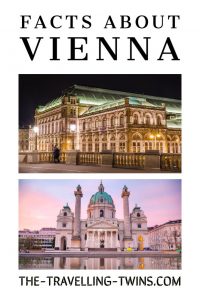
Vienna’s location
Vienna is located in northeastern Austria in the Vienna Basin. The Vienna Woods mountain range surrounds the city to the north and east and the Danube River – the second longest river in Europe – to the south and west.
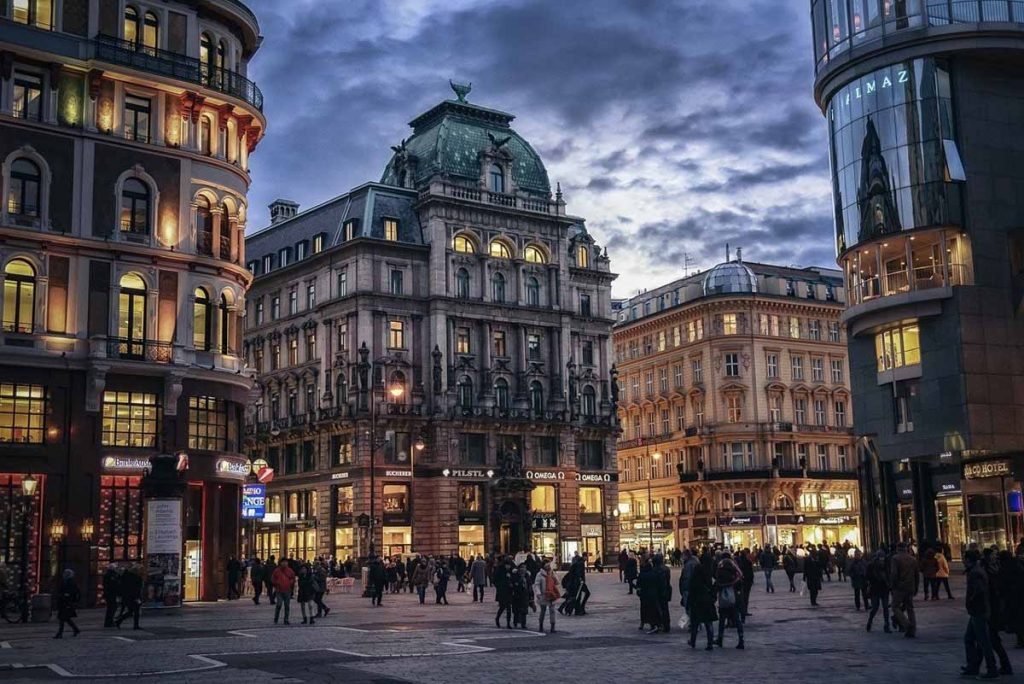
The city is bisected by the Danube, with the Innere Stadt – or “Inner City” located on the east bank and the Leopoldstadt and Brigittenau districts located on the west bank.
Vienna is located about 50 kilometres (30 miles) from the Slovak capital of Bratislava. This makes these two cities the closest pair of capitals in the world.
A short history of Vienna
The site of Vienna has been inhabited since the Paleolithic Period, then by the Illyrians, the Celts, and the Roman Empire.
Romans called the city Vindobona and in 15 BC, fortified it as a frontier post to guard the Roman Empire against Germanic tribes.
After the Roman era, Vienna was ruled by the Babenberg dynasty followed by the Habsburgs who reigned for more than 600 years. The city developed into an important trading centre during the Renaissance. However, in 1679, bubonic plague struck the city and killed nearly a third of its population.
Turkish forces besieged Vienna twice, once in 1683 led by grand vizier Kara Mustafa who was repelled with help from Poland led by John III Sobieski, one of Poland’s most famous Kings. In 1716 and led by Suleiman II, the Turks tried again but once more failed to take control of Austria.
In the nineteenth century, Vienna became the capital of the Austrian Empire, and later the joint capital with Budapest of the Austro Hungarian Empire. This was the time of Vienna’s greatest development.
No longer required for defence, Vienna’s inner ramparts were demolished in 1857, and the ditches filled in and replaced by the Ringstrasse. Stately public buildings and parks emerged over the years along the city’s avenues. Old structures were demolished and new ones built along with modern infrastructure providing improved drinking-water supply and gas and electric utilities, and another new ring road. The population grew rapidly with the booming economy and suburbs developed.
After World War II, Vienna was divided into four sections occupied by the UK, the US, the Soviet Union and France, but this segregation ended after the Austrian State Treaty was signed in 1955, and Vienna once again became the capital city of Austria.
The Townscape of Vienna
The historic centre of Vienna is full of grand buildings, including the Hofburg Palace, the Vienna Rathaus (the town hall), St. Stephen’s Cathedral, and baroque palaces.
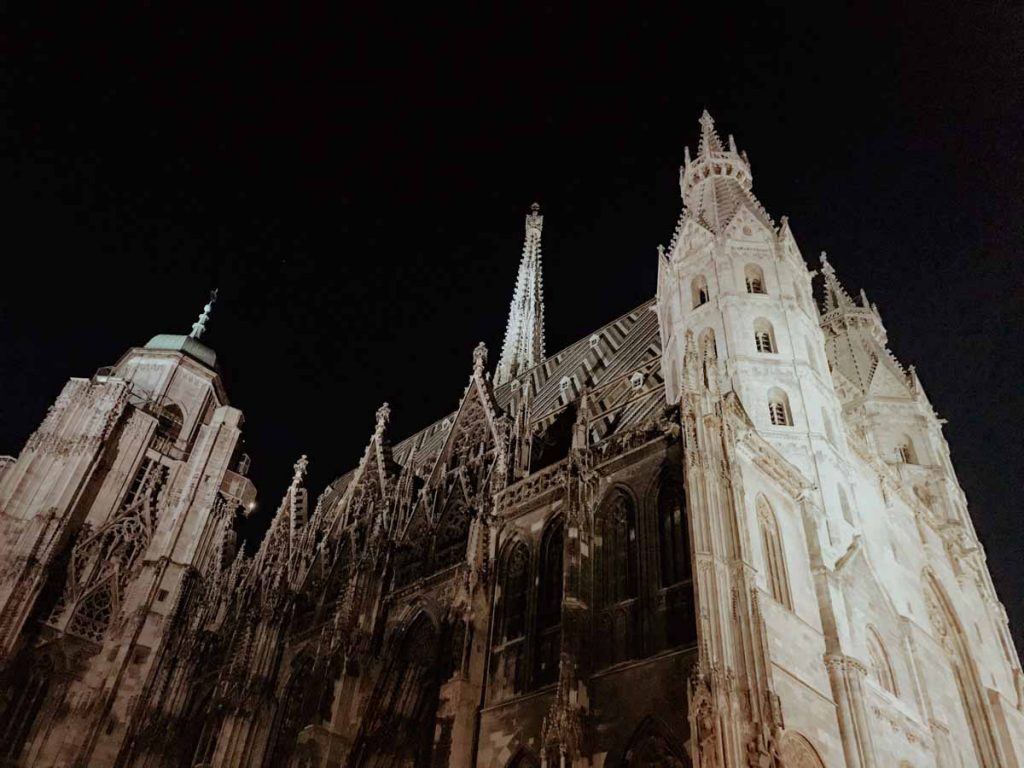
The city is also home to a number of famous museums – most of them located in Museum Quater, including the Kunsthistorisches Museum and the Vienna Museum of Art. We enjoyed a lot Natural History Museum, which is one of the best Natural History Museum in the world.
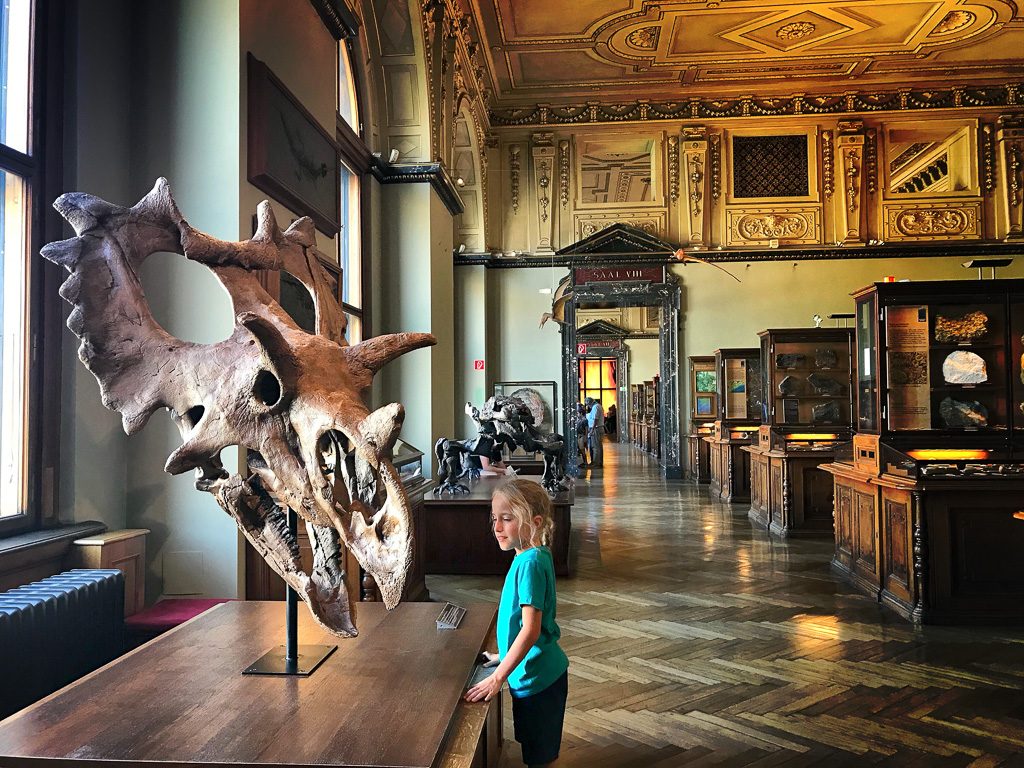
Schönbrunn Palace – former imperial palace
Schönbrunn Palace was built in the seventeenth century as a summer residence for the Habsburg family. In 1713, Empress Maria Theresa moved the court to Schönbrunn and began an extensive renovation of the palace, largely in the lush Rococo style.
In 1792, Emperor Francis II moved the imperial court out of Schönbrunn and into the Hofburg Palace in Vienna, however, Schönbrunn Palace remained a royal residence until 1918 when Emperor Charles I abdicated following the end of World War I
The palace is now a museum and is open to the public.
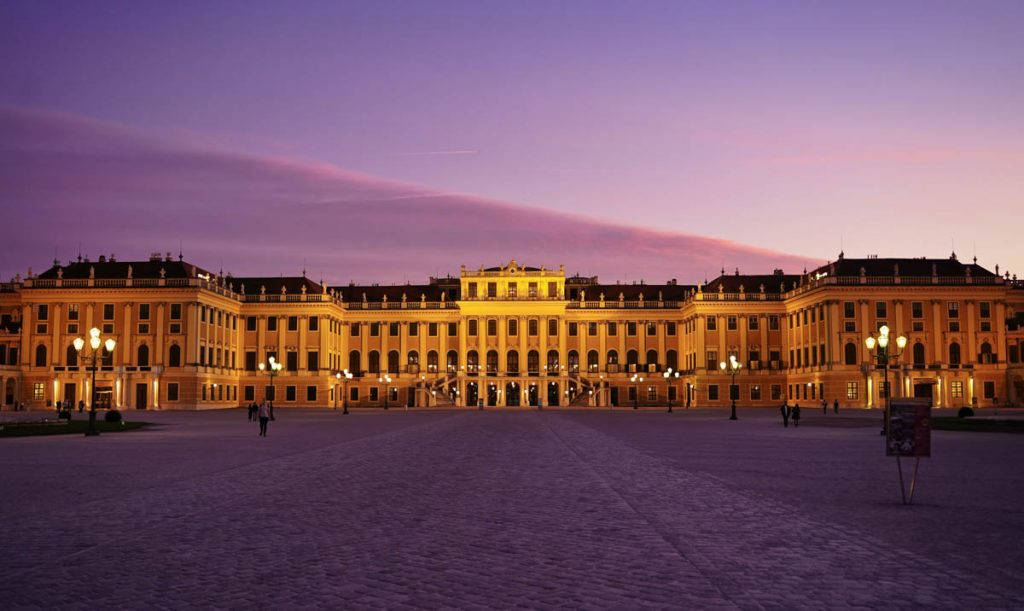
Vienna – nicknames
The Austrian capital has many nicknames.
Dream City
The City of Dreams or “Dream City” is named for Sigmund Freud – the founder of psychology who lived and worked in Vienna. With Freud, Vienna became a birthplace for psychotherapy and the interpretation of dreams. There is a museum dedicated to Freud in the house where he lived.
Vienna – World capital of music
Vienna has been considered the leading European music center for centuries. The city center is home to dozens of concert venues, museums, and schools dedicated to music. Vienna was also home to some of the world’s most famous composers, including Wolfgang Amadeus Mozart, Ludwig van Beethoven, Joseph Haydn, Franz Schubert, Johann Strauss and Johannes Brahms.
The Wine Capital
Vienna is known as the “Wine Capital” because it is home to many vineyards. In fact, there are around 400 vineyards within city limits!. All the local wines are available for immediate consumption in the city’s Heurigers (Wine Tavern)
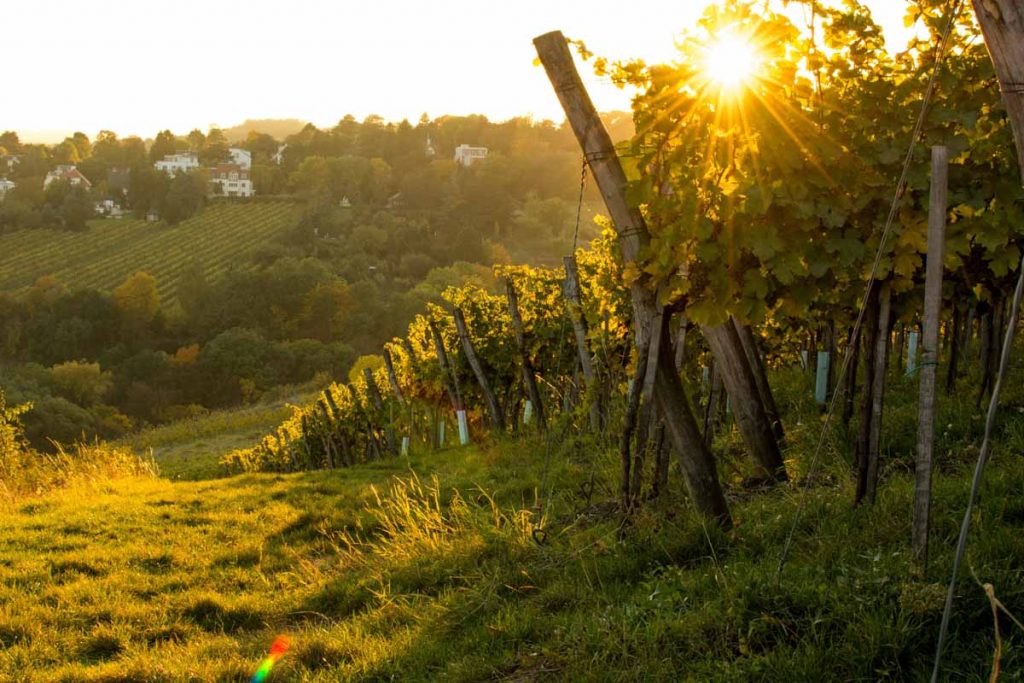
The World’s oldest functioning Zoo
Vienna has the world’s oldest zoo, Tiergarten Schönbrunn. In 1752 Emperor Josef I gave permission for the establishment of an imperial menagerie at the Schonbrunn Palace.
Today the Zoo is still considered to be one of the great zoos of the world, with 1,700 animals representing 300 species in an area of 15 hectares.
The Wiener Riesenrad – The world’s oldest operating Ferris wheel.
A famous Vienna tourist attraction, the Wien Riesenrad, was built in 1897 and is one of the oldest Ferris wheels operating today. The Wurstelprater amusement park is a favourite attraction for visitors to Vienna. Many people view this as the icon of the city. It is perhaps best known for its role in “The Third Man” the classic spy movie of 1949.
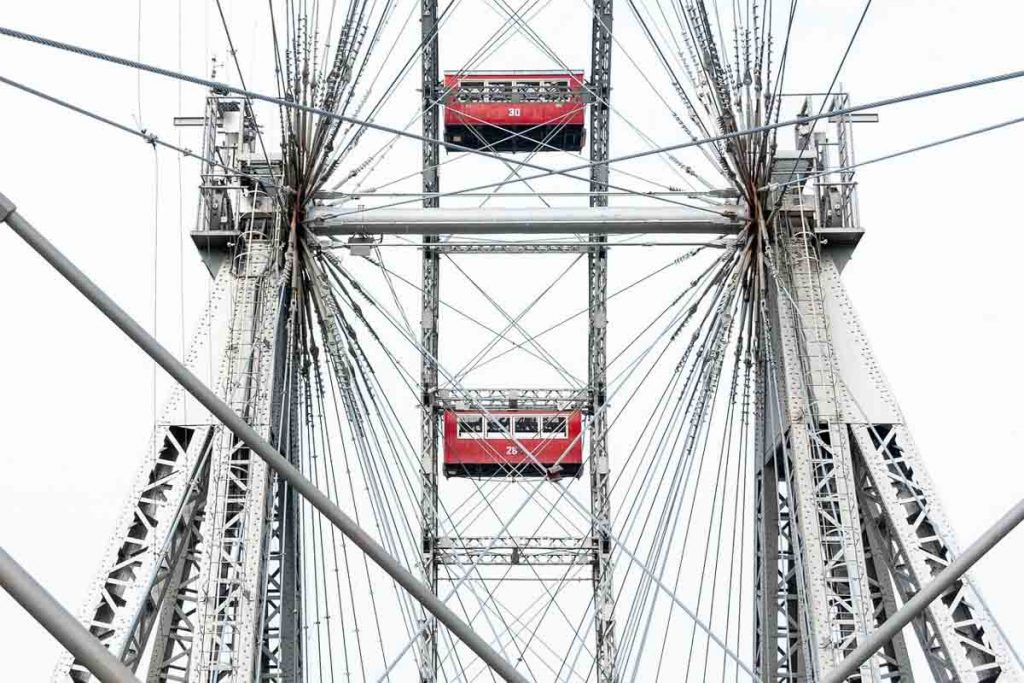
The Wiener Riesenrad was the tallest Ferris Wheel from 1920 until 1985 Though no longer still the world’s largest, it gives stunning views over Vienna’s skyline.
Facts about food originating in Vienna
Croissant or Austrian pastry called kipferl
Do you know that the famous French pastry – croissant comes from Vienna? The clue is in the French name viennoiserie, which represents the whole branch of French bakery using a yeast-leavened flaky dough often sweetened with fruit or chocolate creams and sauces. It is said that Viennese bakers raised the alarm when the Ottomans were about to breach the city walls in 1683 and a baked delicacy was made in the shape of the Turkish crescent to celebrate the Austrian Victory over the besieging Turks.
After the notorious Austrian Marie Antoinette married King Louis XVI, she introduced this most delicious form of baking to France, and the croissant became a favourite pastry in France. Viennoiserie has certainly always been more popular than its sponsor!
Sachertorte
The renowned chocolate and apricot cake, the Sachertorte, was created by Franz Sacher for Prince Wenzel von Metternich in Vienna in 1832.
Wiener Schnitzel
The Wiener Schnitzel is a dish made of veal that is pounded flat, coated in breadcrumbs and fried. It is considered to be a national dish of Austria.
Poland has its own version of it – kotlet schabowy, though it is made from pork instead of veal.
Is it a Wiener or Frankfurter? It’s a Hot Dog!
The story goes that the hotdog sausage was invented by an infamous butcher working in Frankfurt but originating from Vienna. Both cities have tried to disown him. In Vienna, the sausage is known as a “Frankfurt”, and in Frankfurt, the name is “Wiener “
Coffee
Coffee is an important part of the city’s culture, and its numerous coffee houses are frequented by locals and visitors alike.
Viennese coffee houses are known not only for coffee but of course for their Viennese pastries. Some of the most famous coffee houses in Vienna include Cafe Central, Demel, and Gerstner.
The original Vienna Snow Globes
Vienna is world-famous for beautiful snow globes. These delicate glass spheres often depict the city’s landmarks or historical scenes and are a popular souvenir for tourists. The first snow globe featured the Basilica of Mariazell and was made by the Perzy family, who later in 1905 opened the Original Vienna Snow Globe Shop, which is still up and running.
Vienna is home to the world’s only Snow Globe Museum, which is located in the city’s old town. Here, visitors can see a collection of more than 3,000 snow globes from around the world.
Who has called Vienna home? Famous People from Vienna
Vienna was home not only to many famous composers, including Mozart, Beethoven, Schubert and Haydn, but also to artists including Gustav Klimt, Egon Schiele, and Oskar Kokoschka.
Sigmund Freud was born in Vienna in 1856 and grew up in Leopoldstadt, Vienna’s second district.
Viennese Balls
Every Winter, Vienna hosts over 400 balls. The ball season starts with the Kaiserball on New Year’s Eve and finishes with Opera Ball held in the Vienna State Opera in February.
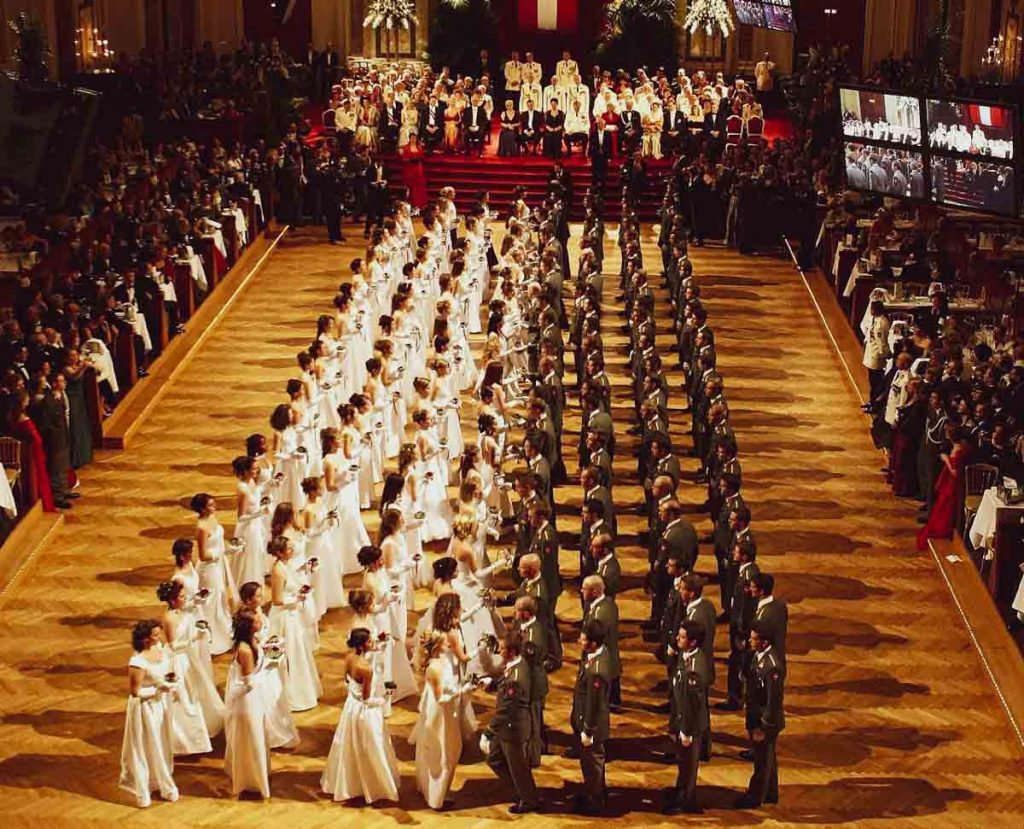
The Best City? Vienna!
Vienna is one of the best cities in the world that’s official. It was voted the second most livable city in the world, according to the Mercer Quality of Living Survey. Vienna scored high in all categories, with particular strengths in the areas of political stability, safety, and healthcare. The city also has a high standard of living and a diverse population.
Vienna Facts – Summary
Vienna is a beautiful Austrian city with a rich history and is known for its fine arts, classical music culture, architecture, museums, and coffee houses. The city is also home to some of the world’s most historic snow globes.
Facts about Vienna – Pin it for later
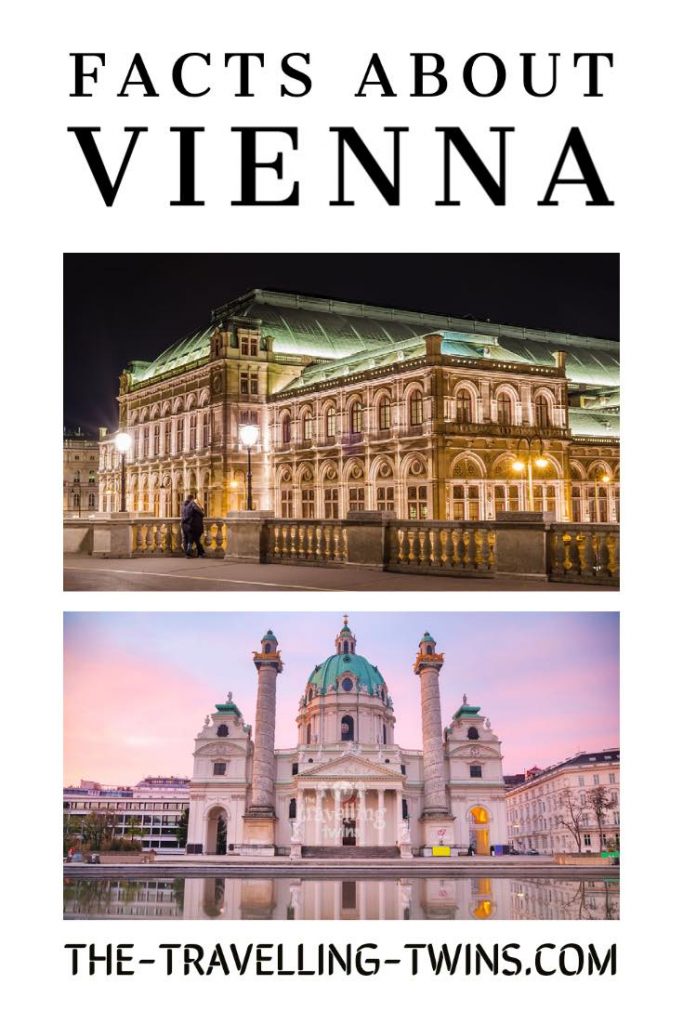
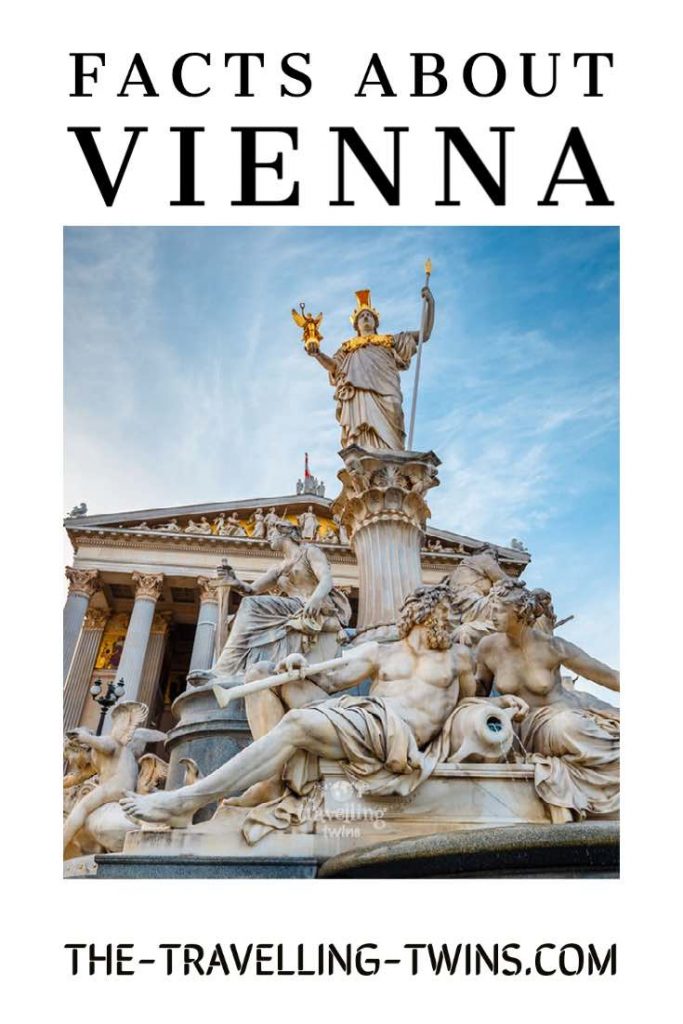
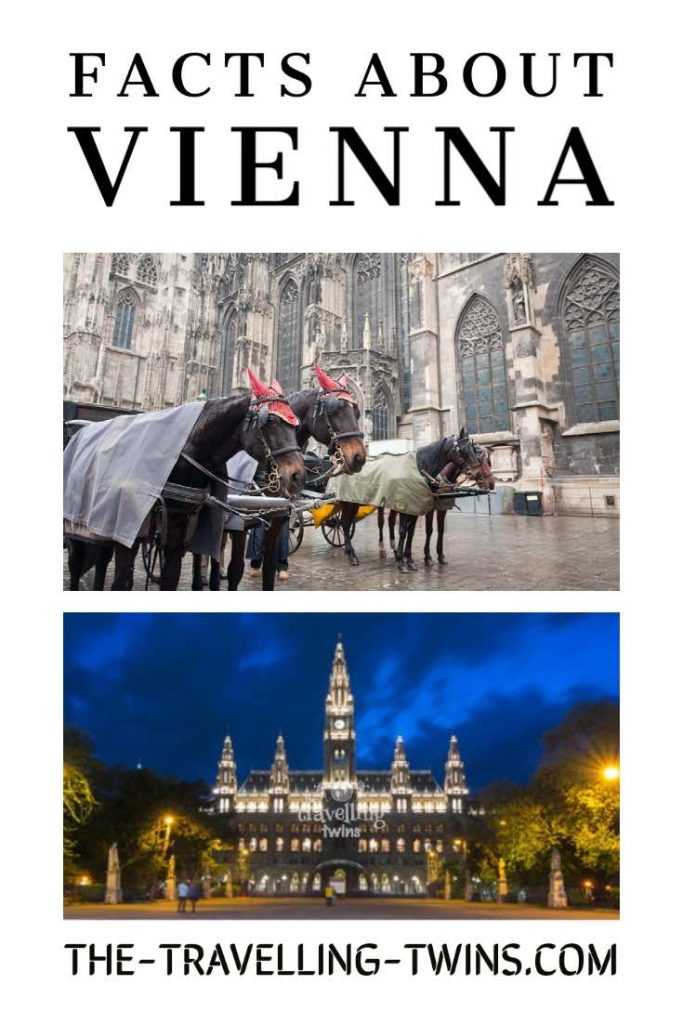
Privacy Policy Disclaimer
This website uses affiliate links for income and support.
If you like our website, please consider using these links. You will be directed to the vendor, and we will get a small commission on your purchase price at no increased cost to you.
We have researched facts stated here as far as practicable but please check anything critical before committing your time and money. We do not claim any special knowledge or expertise, and we are not consultants for our readers.